Mixing is an essential part of music production.
It blends various elements of a track to create a harmonious and impactful final product.
Mixing involves balancing different components (from vocals and instruments to synthetic sounds and effects) to achieve a cohesive and engaging piece.
A well-mixed track not only highlights the individual elements but also ensures they work together seamlessly, enhancing the overall listening experience.
That’s why, as a music producer, knowing the best mixing techniques is indispensable for transforming simple recordings into professional-grade music.
In today’s article, we’ll be breaking down:
- The fundamental role of mixing in music production ✓
- Key elements that define a good mix ✓
- Mixing techniques for professional tracks ✓
- Managing EQ and frequency clashes ✓
- Harnessing dynamic range with compression ✓
- Creative applications of reverb, delay & other creative effects ✓
- Tips for mixing drums and percussion ✓
- Music production techniques for bass EQ and layering ✓
- Strategies for vocal clarity and instrument blending ✓
- Incorporating and processing samples ✓
- Using stereo imaging for spatial depth ✓
- Much more✓
By the end of this article, you’ll have gained the knowledge and confidence to apply the best mixing techniques, elevating your music to a professional standard.
You’ll be equipped to handle a variety of mixing challenges and create polished, dynamic mixes that resonate with listeners.
So, let’s dive in…
Table of Contents
The Role of Mixing in Music Production
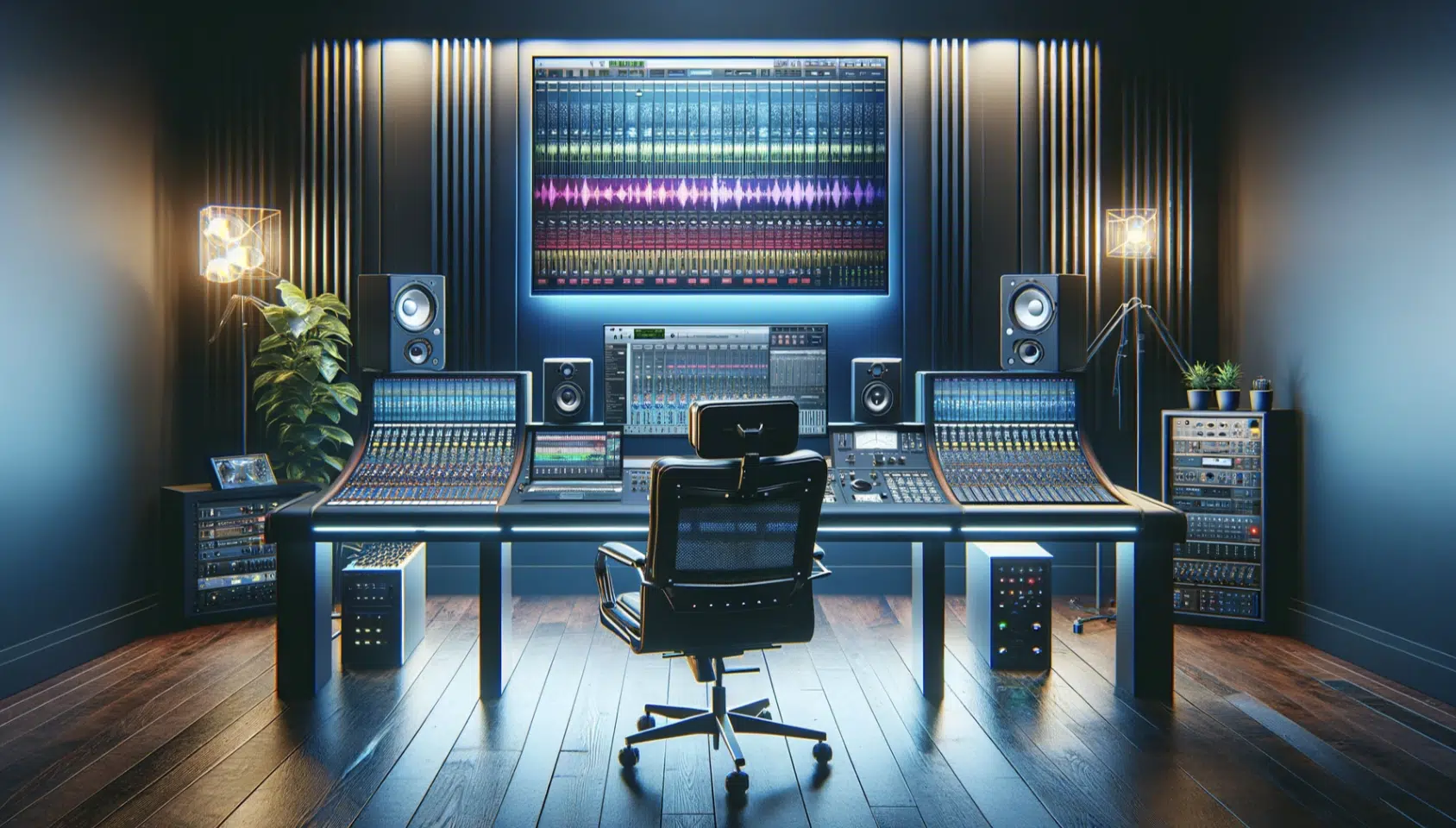
In the world of digital music production, mastering the art of mixing is pivotal.
Mixing techniques are the backbone that transforms raw recordings into compelling pieces of art that can top the charts.
The mixing process involves balancing and manipulating different elements of a track, like vocals, instruments, and other sounds, to create a harmonious final product.
Mixing methods can make or break a song.
It’s the music production process where you can apply your mixing skills and creative vision to shape the sound.
The quality of a mix directly influences the listener’s experience 一 making it essential for producers to develop their mixing skills.
While mixing, producers need to consider various elements such as:
- Frequencies
- Dynamics
- Stereo space
Effective mixing techniques and mixing skills ensure each component of the track is heard clearly, without any element overpowering the others.
This delicate balance is what sets professional-quality tracks apart.
Key Elements of a Good Mix
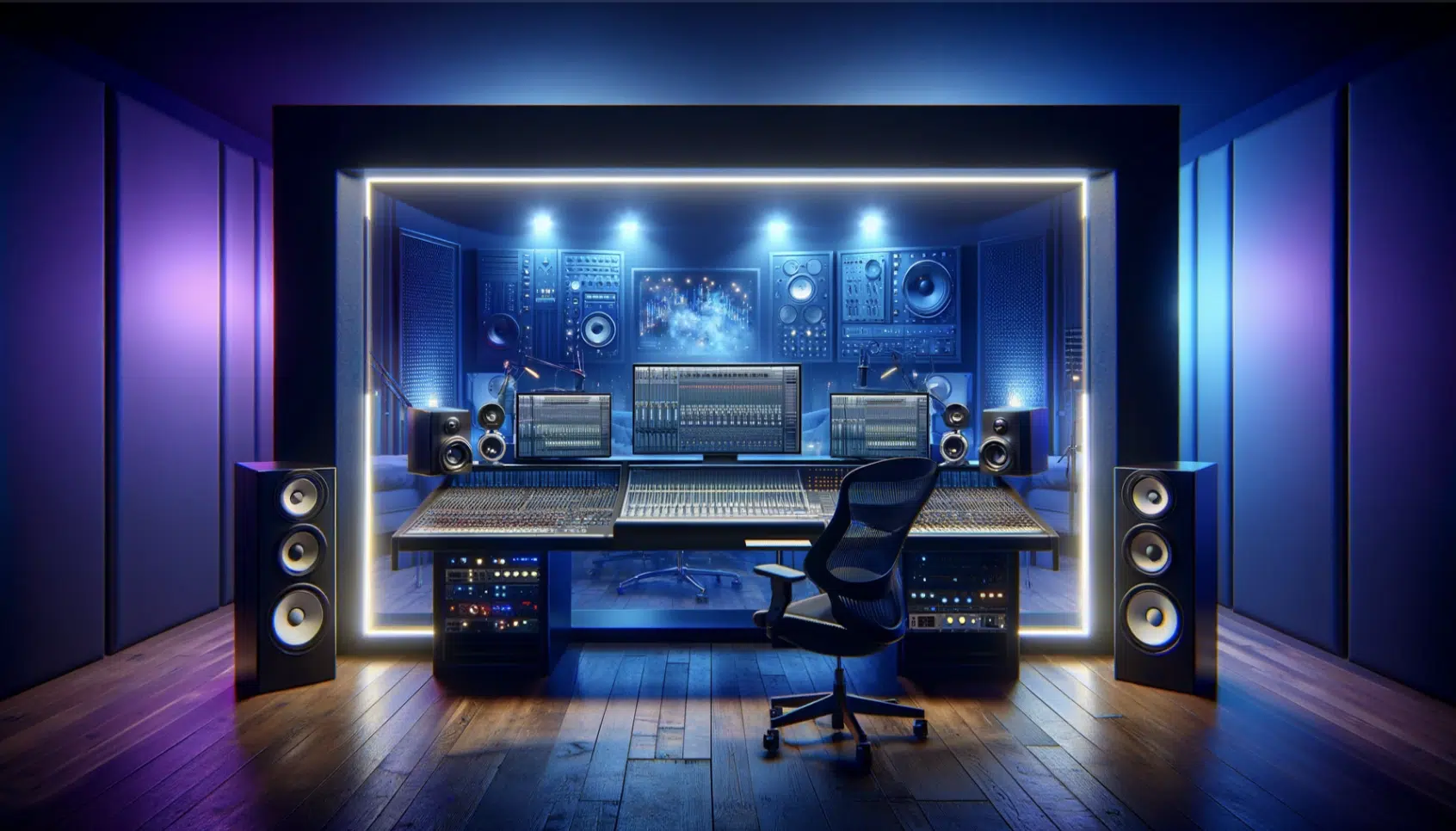
A good mix is characterized by clarity and balance; clarity ensures that each instrument and vocal is distinct and audible.
This involves careful management of frequencies to avoid muddiness.
Balance refers to how different sounds are positioned within the stereo field, ensuring a cohesive and dynamic range.
Another crucial element is the dynamic range, which refers to the contrast between the loudest and softest parts of a track.
Proper dynamic range maintains the energy and emotion of the music 一 avoiding a mix that sounds too flat or excessively loud.
Additionally, the stereo image plays a significant role in how wide and immersive the mix sounds, allowing for a more engaging listening experience.
The use of creative effects such as reverb, delay, and modulation can add depth and character to a mix.
These effects, when used properly, can elevate a track from basic to great.
However, it’s crucial to ensure these effects complement the track and don’t overpower the essential elements.
Essential Mixing Techniques for Digital Music Producers
In the ever-evolving landscape of music production, mastering a variety of mixing techniques is crucial. Let’s delve into some essential mixing methods that can significantly enhance your tracks. With these different techniques, you’ll be able to mix music like a true professional.
-
Balancing Levels and Panning
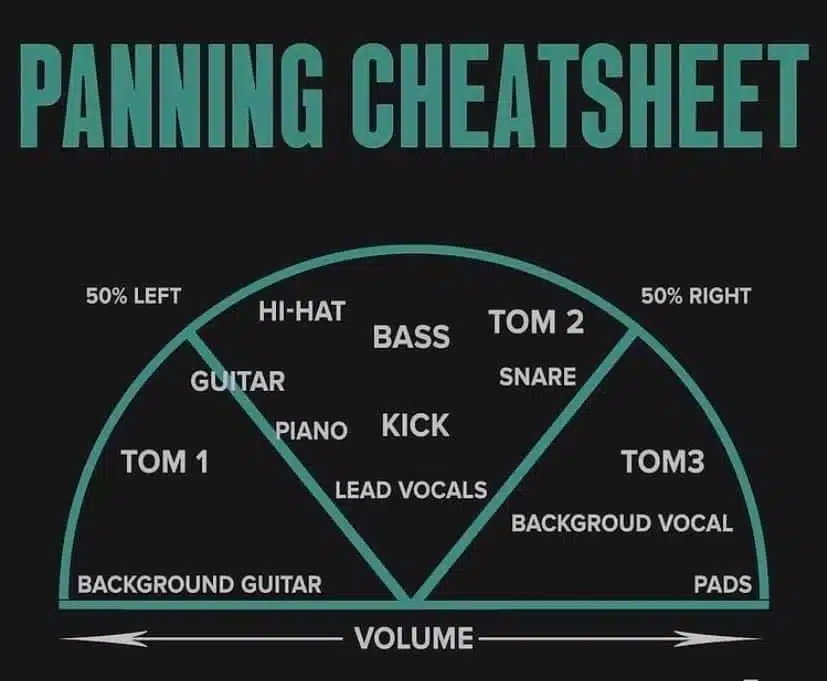
Balancing levels is the first step in the mixing process.
This involves adjusting the volume of each track to ensure no single instrument or vocal dominates the entire mix.
Proper level balancing (the pan position) creates a sound that is cohesive and harmonious, providing a solid foundation for further mixing.
Panning, on the other hand, deals with the stereo placement of sounds.
By strategically panning different elements, you can create a sense of space and dimension 一 making the mix sound wider and more dynamic.
Effective panning can significantly enhance the stereo image of a track, so it’s vital that you thoroughly understand this process.
-
EQ and Frequency Management
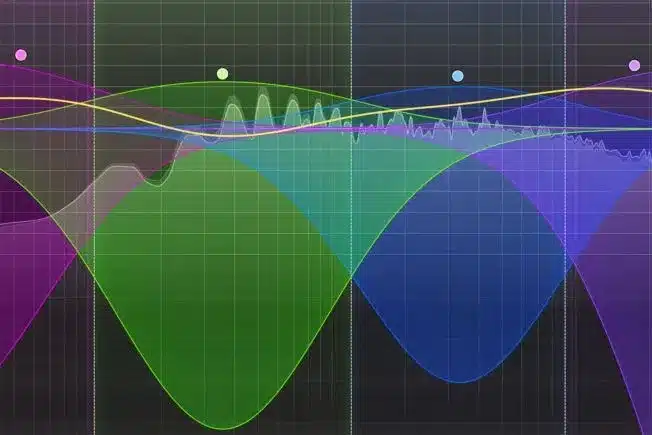
EQ (Equalization) is a fundamental tool in frequency management.
It helps in shaping the tone of individual tracks by boosting or cutting specific frequencies.
Proper use of EQ can prevent frequency clashes, especially in crucial areas like the bass and midrange.
Frequency management also involves understanding which frequencies to highlight or suppress to bring out the best in each element.
For example, rolling off lower frequencies on non-bass instruments can reduce muddiness 一 allowing the bass and kick drums to stand out more clearly.
Producers like yourself should also listen to and adjust the higher frequencies, carefully ensuring they don’t overpower or clash with other elements.
This will help you enhance the entire mix and achieve quality results.
-
Dynamic Range and Compression
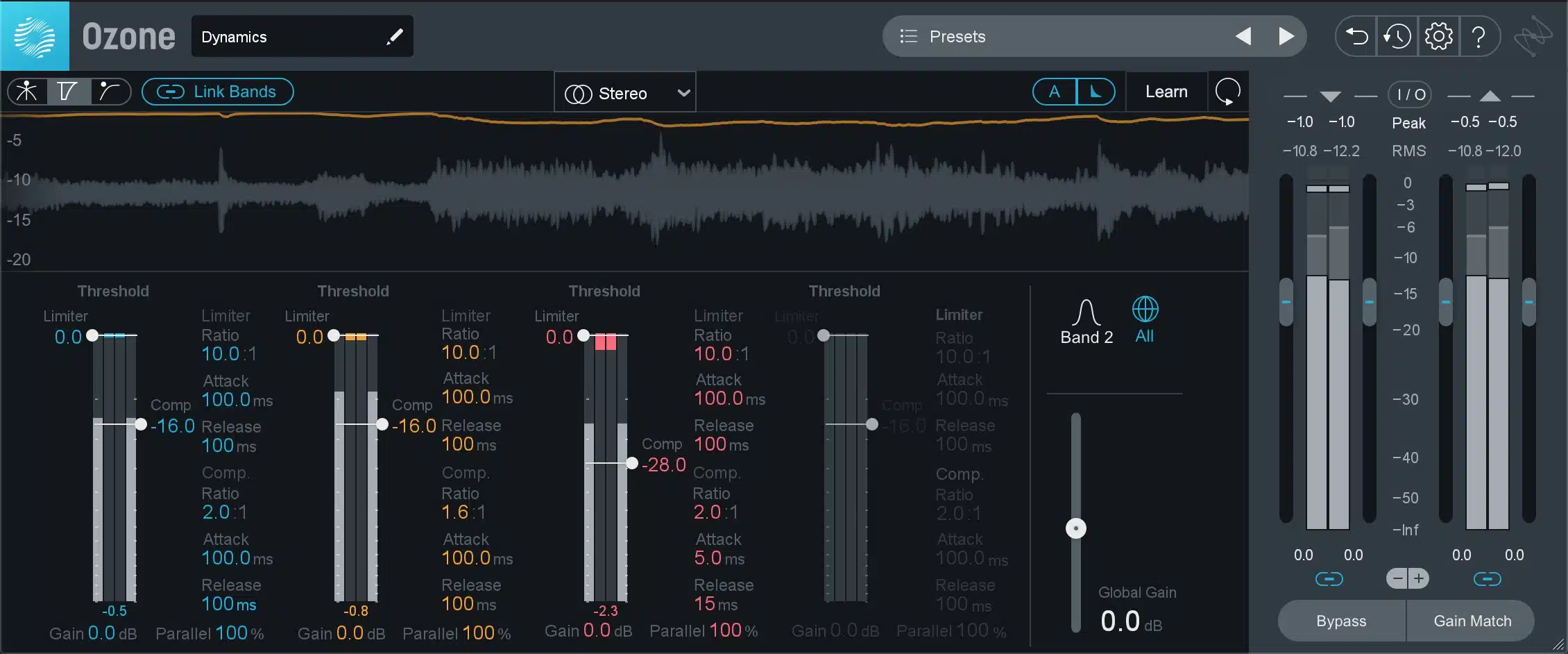
If you’re going to achieve a professional mix, you’ll need to understand crucial mixing techniques like dynamic range and compression.
Dynamic range control is vital in achieving a balanced mix. It involves managing the difference between the loudest and softest parts of a track.
Compression is a commonly used tool for this, as it reduces the dynamic range by lowering the volume of the loudest parts while maintaining the overall level of the track.
While compression is essential when it comes to mixing methods, it’s important to use it carefully.
Over-compression can lead to a lifeless and flat sound.
The key is to find the right balance, where the dynamics are controlled but the natural feel and energy of the music are retained.
Different types of compression (such as parallel compression or multiband compression) can be used for different purposes.
Parallel compression, for example, is a method that adds punch to drums without squashing their natural dynamics.
Multiband compression, on the other hand, allows for more targeted control over specific frequency ranges (like higher frequencies/lower frequencies).
Getting familiar with these mixing techniques will significantly enhance your mix and make your music stand out.
-
Creative Use of Reverb and Delay
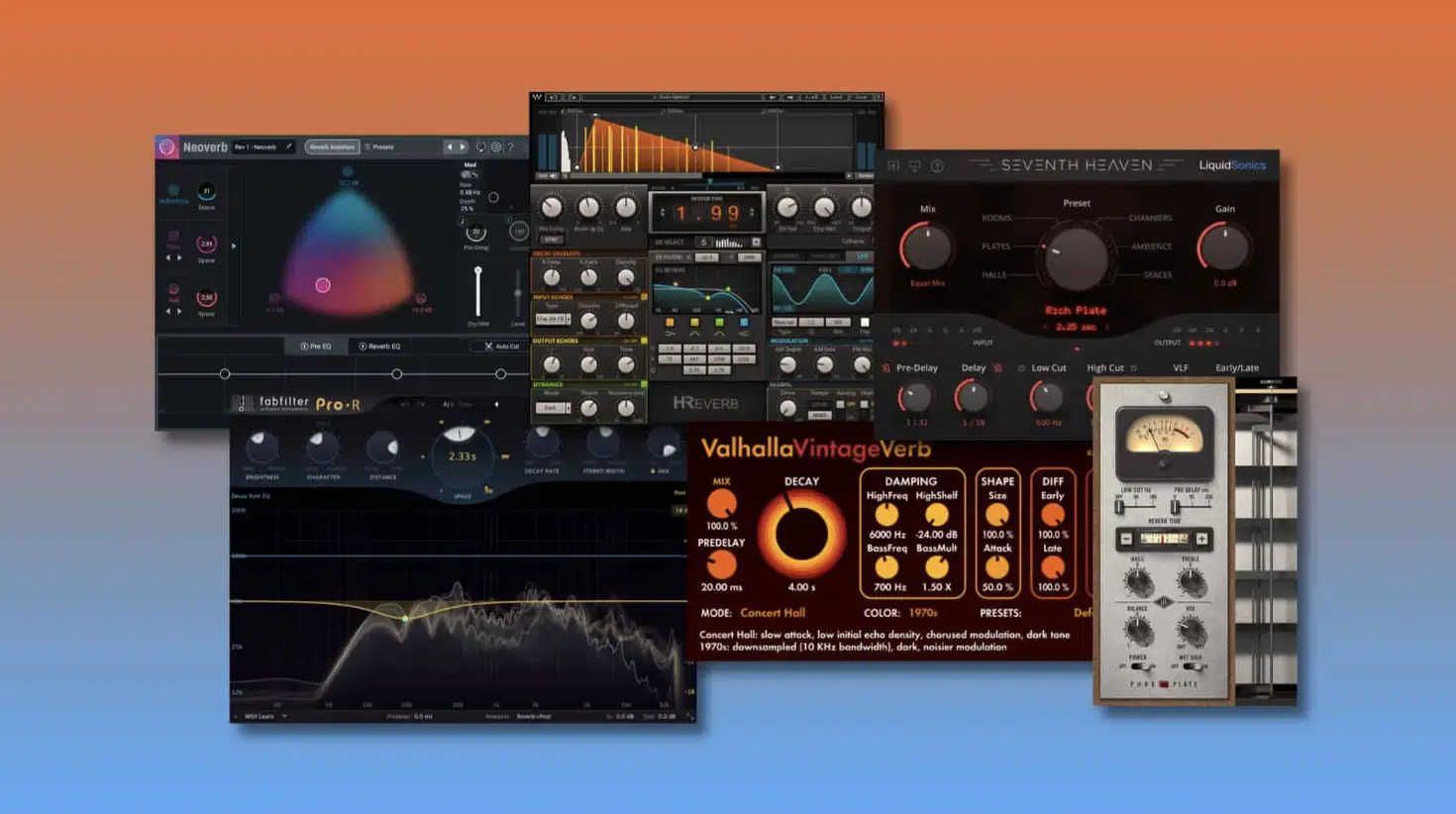
Reverb is a powerful tool for creating a sense of space in a mix.
It can make elements sound like they’re in a larger room or hall, adding depth and ambiance.
The key to using reverb effectively is to ensure it enhances, rather than clouds, the clarity of the mix.
Delays, when used creatively, can add rhythm and texture to a mix.
They can be used to create echoes 一 which add a sense of movement and energy.
Like reverb, the use of delay should be balanced to ensure it complements rather than overwhelms the mix.
Combining reverb and delay can produce fascinating results that instantly captivate your audience and enhance your mixing skills.
For example, a short delay followed by a light reverb can create a lush, expansive sound without muddying the mix.
Experimenting with different settings and types of reverb and delay can unlock new dimensions in your music.
Mixing Drums and Percussion
Drums and percussion are the heartbeat of most tracks. Now, let’s dive into some different methods in which you can make your mix shine and your drums/percussion sound irresistible. This way, you can focus on creating legendary beats and instantly hear the difference in quality.
-
Achieving Clarity in Drums
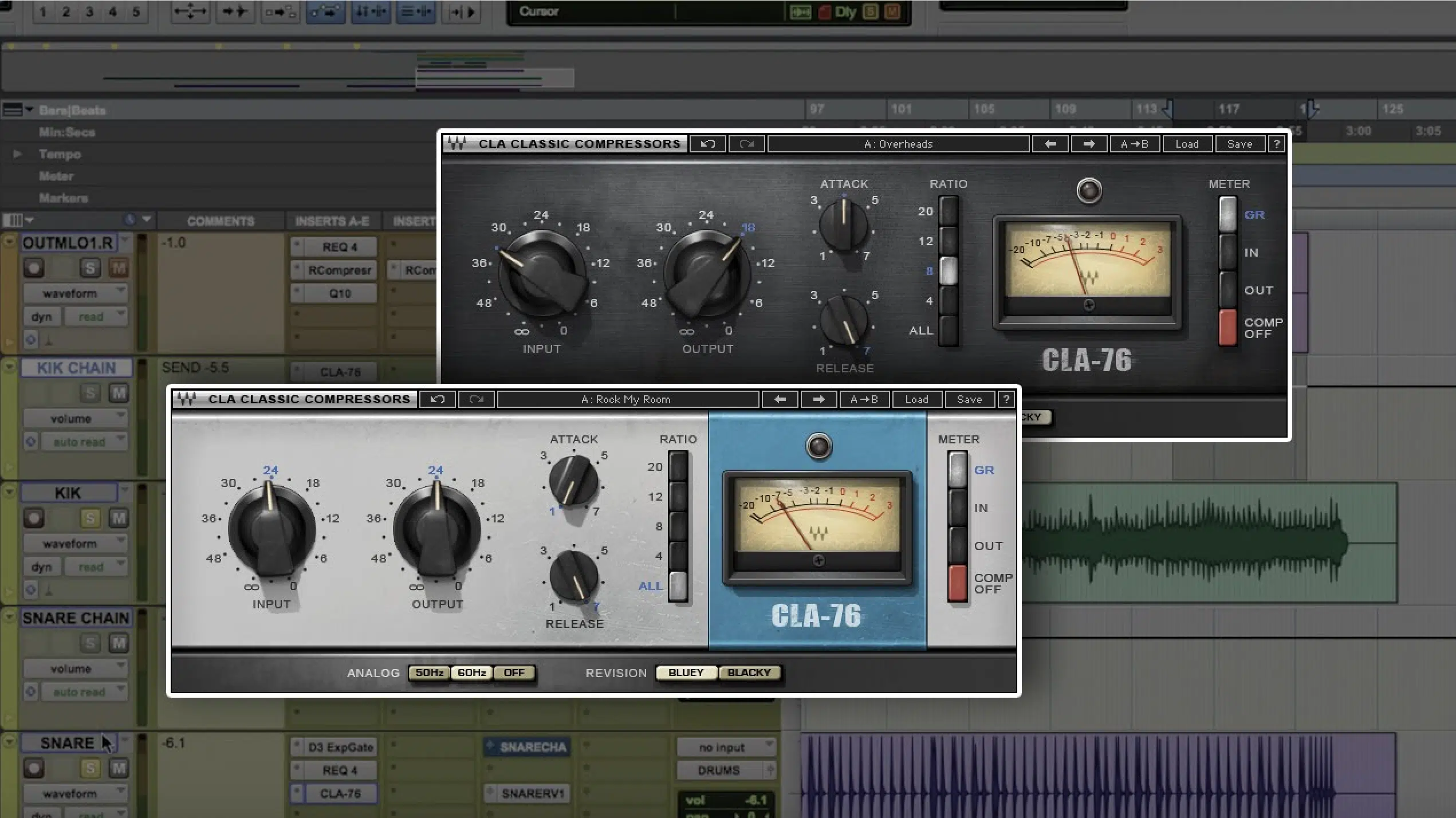
Achieving clarity in drums starts with good recording techniques.
Each drum should be recorded cleanly and with proper mic placement to capture its true sound.
In the mixing stage, EQ can be used to enhance the characteristics of each drum, like the snap of a snare or the boom of a kick drum.
As producers, achieving clarity in drums will help:
- Get your music to a high point
- Develop your mixing skills
- Break bad habits
Compression also plays a key role in drum clarity.
It can be used to control the dynamic range of the drums, ensuring that each hit is consistent in volume and punch.
Parallel compression, as we touched upon, is effective in maintaining the natural dynamics of the drums while adding power.
Panning individual drums and percussion elements can create a realistic and immersive drum sound.
For example, placing the snare slightly off-center and the hi-hats and cymbals spread across the stereo field can mimic the perspective of a real drum kit.
This spatial distribution method not only adds realism but also helps in separating the drum elements within the mix.
-
Layering and EQing Percussion

Layering different percussion sounds can add depth and complexity to the rhythm section.
When layering, it’s important to ensure that each layer complements the others, rather than causing muddiness.
This is where EQing plays a crucial role 一 helping to carve out a specific sonic space for each percussion element.
For example, if you have a conga playing alongside a shaker, you might boost the lower frequencies of the conga for warmth and cut the same frequencies in the shaker to avoid clashes.
Mixing techniques like these ensures that each percussion element maintains its distinct character and contributes effectively to the overall sound.
-
Bass Basics: Breaking it Down
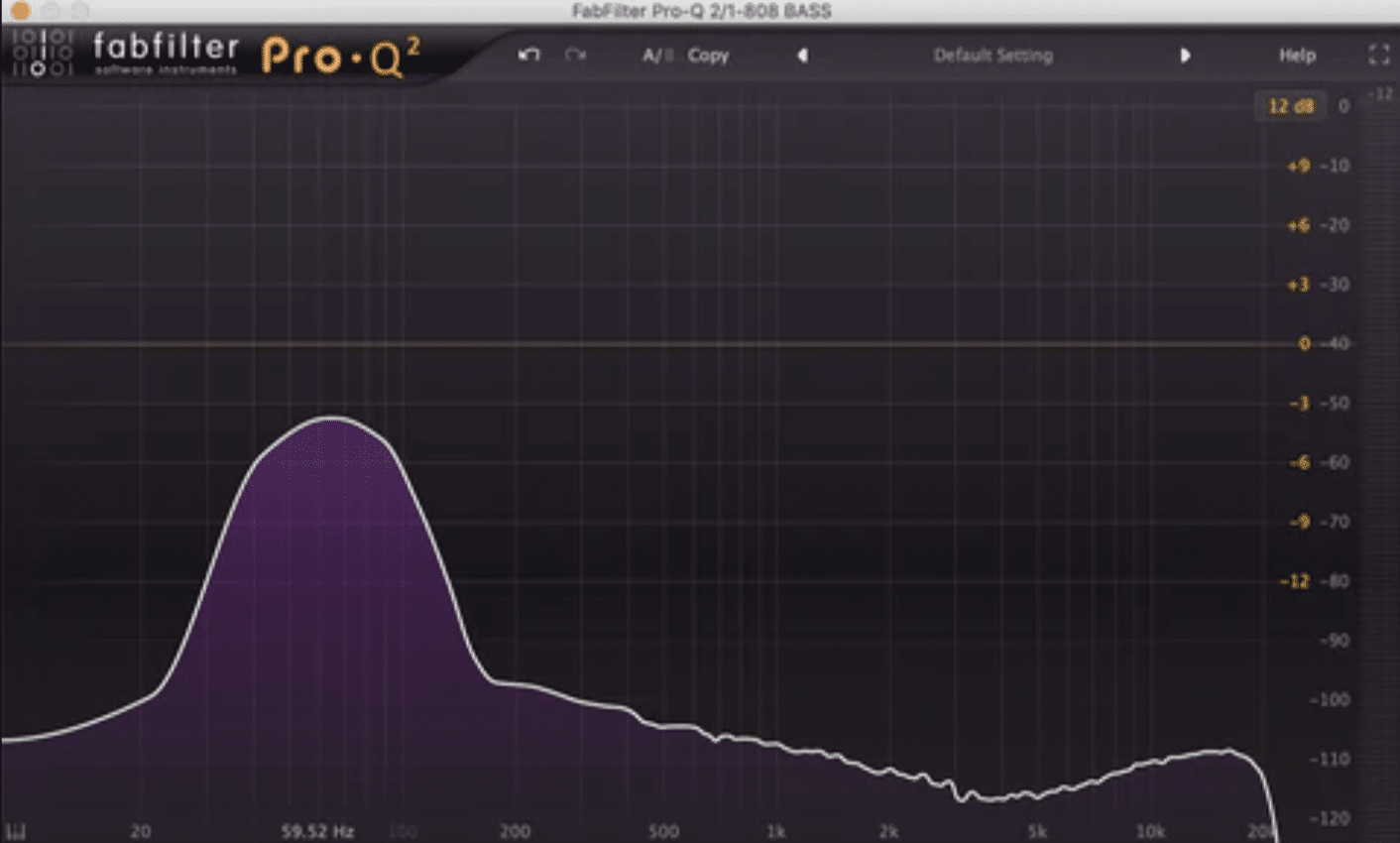
The bass plays a fundamental role in anchoring the harmonic and rhythmic structure of a track.
Mixing bass involves ensuring it’s powerful yet not overwhelming.
This often means finding the right balance between the low-end frequencies and the punchy mid-tones that allow the bass to cut through the mix.
EQing is crucial in shaping the bass sound as well.
A common mix technique is to apply a high-pass filter to remove unnecessary low-end rumble and boost specific frequencies to enhance the bass’s presence.
Compression is also key in maintaining a consistent level for the bass.
In electronic music, sidechain compression is a popular technique amongst producers where the bass ducks under the kick drum.
This creates a rhythmic pumping effect that adds energy and cohesion between the kick and bass.
This technique ensures that both elements have their own space in the mix without competing for the same frequencies.
Working with Vocals and Instruments
Vocals and instruments are the soul of a track. Let’s delve into how to make them stand out and blend seamlessly. Not only will they be heard without being overwhelming, but be pleasant to the listeners’ ears. So, let’s get into these mixing techniques.
-
Mixing Vocals for Emphasis
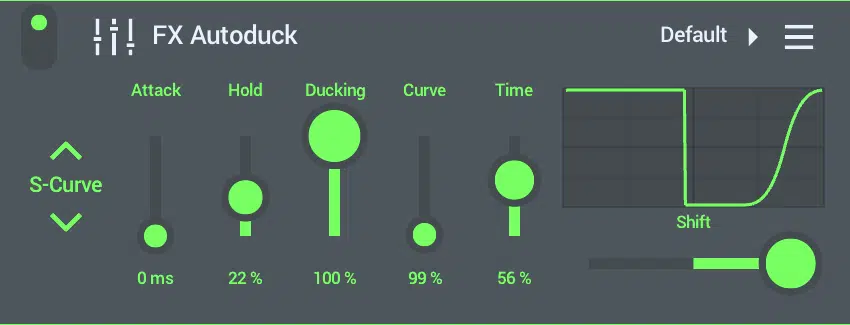
Vocals often carry the emotional weight and message of a song, making their clarity and presence in the mix crucial.
EQing is the first step in ensuring vocals cut through, typically by boosting presence frequencies and reducing muddiness.
Compression is also a vital part of the mixing process if you want your vocals to maintain a consistent level.
NOTE: A compressor can be used to tame the dynamic range 一 ensuring that the vocals are neither too loud nor too soft.
Adding a touch of reverb or delay can also give vocals a sense of space without detaching them from the rest of the mix.
-
Blending Different Instruments Seamlessly
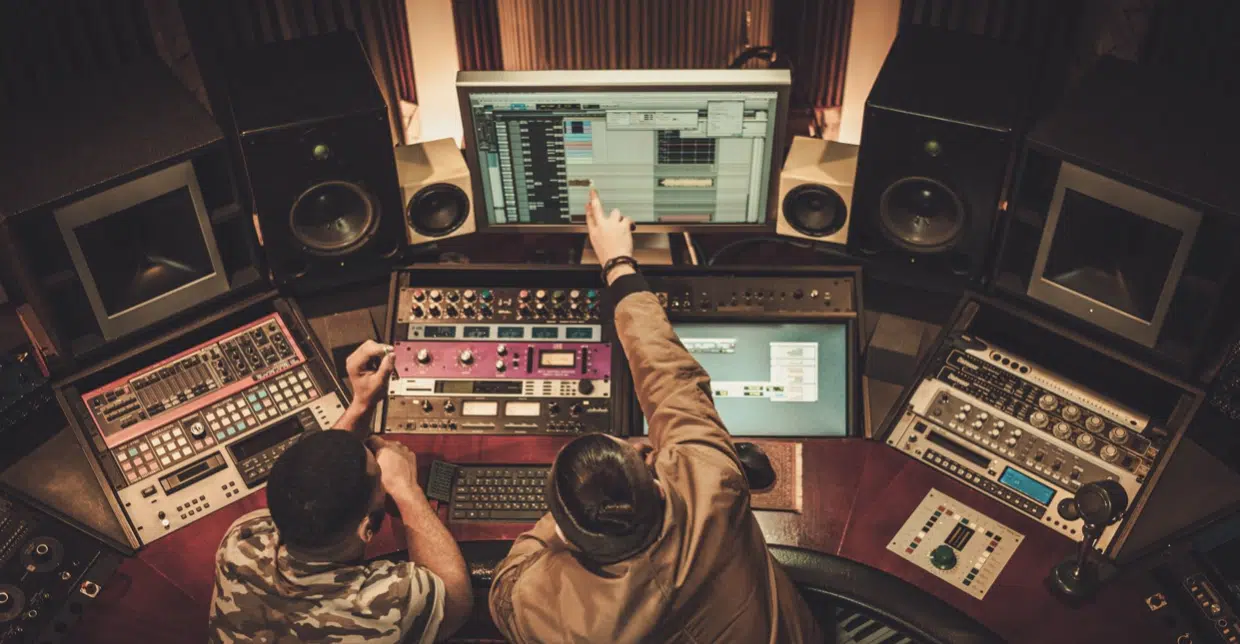
Blending instruments in a mix is an art and a vital part of the music production process.
It requires a balance where each instrument is distinct yet part of a cohesive whole.
This is achieved through careful EQing, ensuring that each instrument occupies its frequency range without clashing with others.
Panning plays a significant role in instrument placement as well 一 creating a sense of space and depth.
For instance, placing rhythm guitars slightly to one side and a keyboard to the other can create a wider, more enveloping sound.
When you mix music, reverb and delay can also be used to blend instruments, giving them a shared acoustic space.
However, it’s important to use these creative effects appropriately to maintain clarity and help your mix sound good.
Otherwise, it will sound strange or sound unnatural, not to mention amateurish.
-
Incorporating Samples
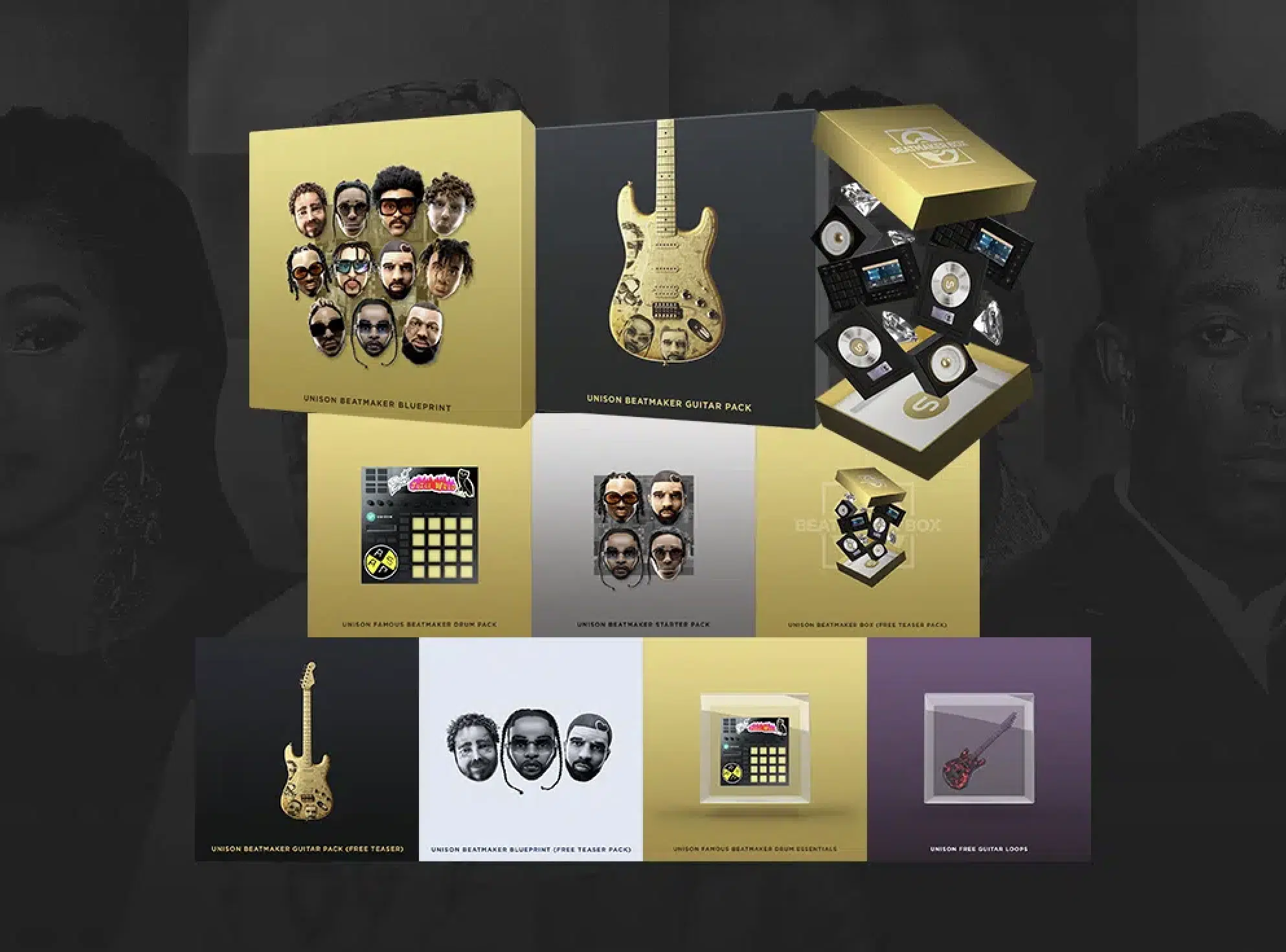
Samples are pre-recorded sound snippets that, when creatively integrated, can enhance a track’s texture and character.
They help you to incorporate distinctive layers into the overall mix.
When incorporating samples, it’s important to match their sonic quality with the rest of the tracks.
This often involves EQing and processing the samples to sit naturally within the mix.
Timing and rhythm are also crucial when working with samples 一 they should be aligned with the tempo and groove of the track.
Mixing techniques like time-stretching or pitch-shifting might be necessary to ensure the sample fits seamlessly.
Creative Mixing Techniques
Creative mixing techniques can add a unique signature to your tracks. Let’s explore how to use them effectively. And no, you don’t need to have a strong grasp of music theory to incorporate these mixing methods.
-
Utilizing Stereo Imaging
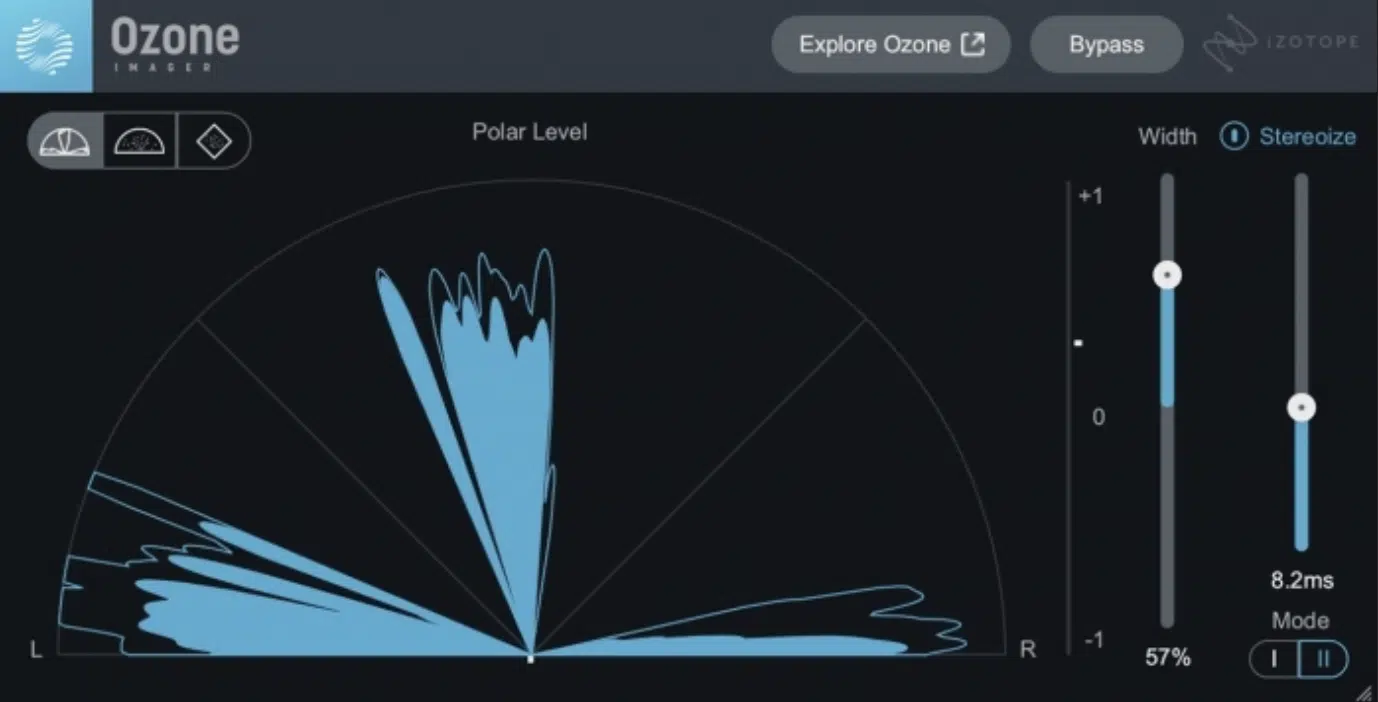
Stereo imaging is about creating a wide, immersive soundstage, and certain mixing techniques can enhance the stereo image (and your overall mix).
These mixing techniques include:
- Panning 一 Distributes sound across the stereo field, creating a sense of spatial depth and direction.
- Mid-side processing 一 Manipulates the middle (center) and side (left and right) components of a stereo signal.
They help to give your mix a more three-dimensional feel.
However, it’s important to maintain a balance to avoid a mix that sounds disjointed or overly spread out.
The use of stereo-widening tools should be done with care, as overuse can lead to phase issues and a loss of focus in the mix.
The goal is to achieve a natural-sounding width that enhances the overall listening experience.
-
Adding Unique Textures with Creative Effects
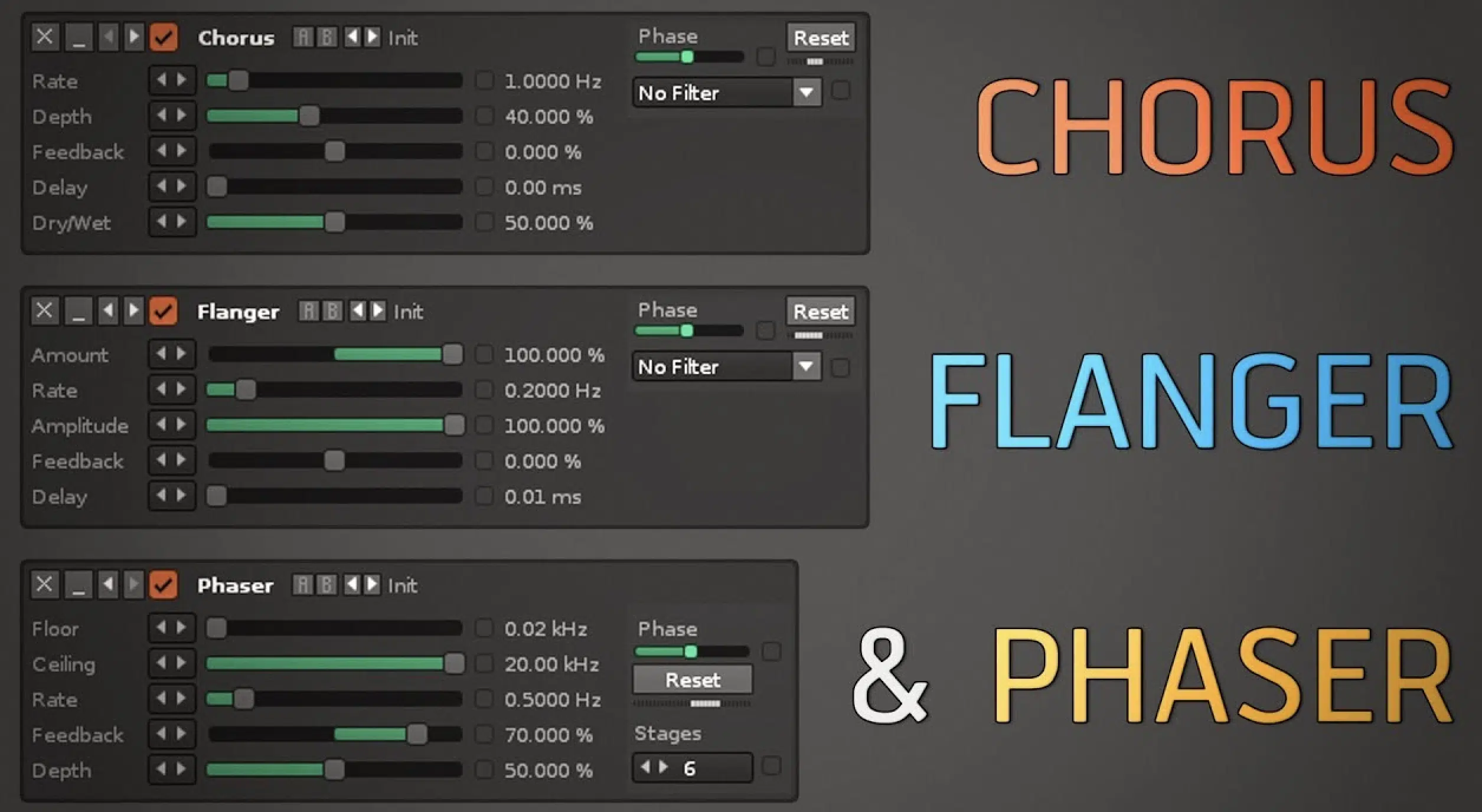
Creative effects, such as modulation effects (chorus, flanger, phaser), can add interesting textures to your mix.
These creative effects work by slightly altering the timing or pitch of a sound, creating a sense of movement and richness.
Used subtly, they can bring a track to life without overwhelming the core sounds.
Experimentation is key to focus on when applying creative effects.
Sometimes, unconventional approaches, like applying a tremolo effect on a bassline or a reverse reverb on a vocal, can lead to unique and quality results.
The trick is to blend these effects smoothly, like whipping cream, into the mix so they enhance rather than dominate.
It’s also worth exploring the use of automation with these creative effects to help develop your mixing techniques.
Automating parameters like the depth or rate of a chorus effect can add dynamic interest.
This makes the mix feel more alive and less static.
-
Learning from Reference Tracks
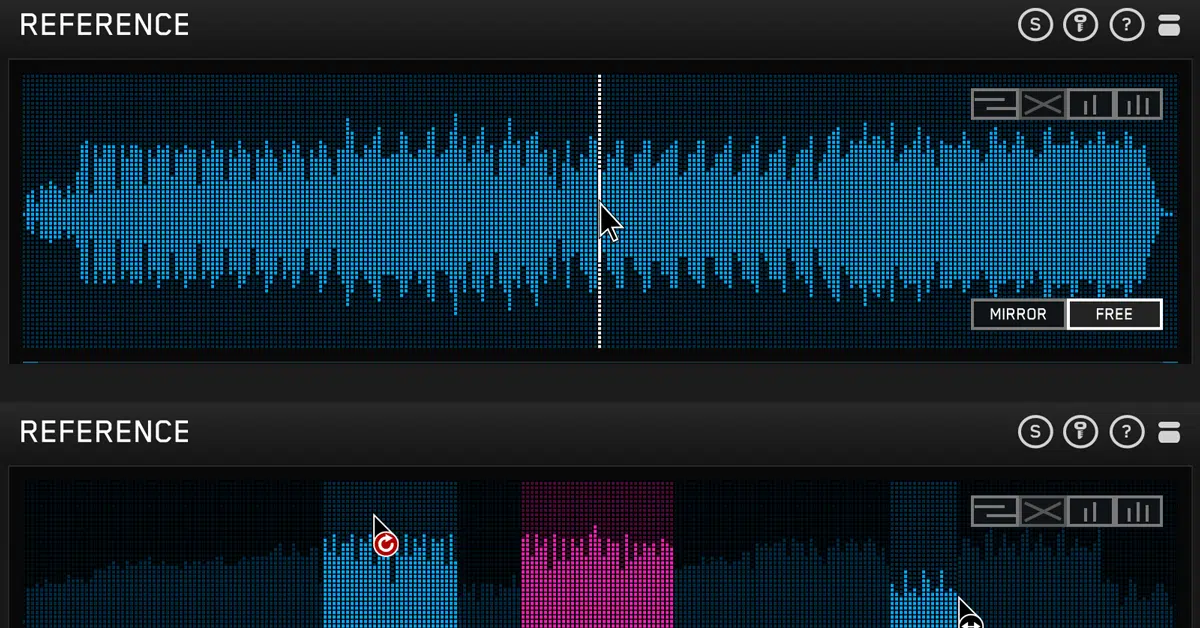
Using reference tracks is a powerful technique in the mixing process.
Reference tracks, chosen for their quality and relevance to the style you’re working in, provide a benchmark for:
- Sound balance
- Stereo imaging
- Overall dynamic range
Analyzing reference tracks helps in understanding how experienced mixers balance different elements like vocals, drums, and bass.
Paying attention to how frequencies are distributed and how effects are applied can offer valuable insights for your mixing methods.
Many producers swear you don’t need to utilize reference tracks, but don’t be fooled; they are invaluable when you mix music.
It’s important, however, not to copy the reference track but to use it as a guide for achieving a similar level of quality and professionalism in your mix.
The goal is to listen, hear, and learn from the best, then apply those mixing techniques to your unique sound.
There are many tutorials on YouTube that you can search for and use to enhance this mixing method.
-
Recording Techniques

The quality of a mix is often determined by the quality of the recording.
Good recording techniques lay the foundation for a clean and manageable mix.
This involves:
- Using appropriate microphones
- Proper mic placement
- Capturing the best performance possible
For example, recording vocals in a well-treated room with a high-quality condenser mic can make a significant difference in clarity and presence.
Similarly, recording instruments with the right mic technique can reduce the need for excessive EQ and processing later on.
Understanding the characteristics of different microphones and how they capture sound is also crucial.
NOTE: Dynamic mics are often preferred for loud sources like drums to be heard properly, while ribbon mics can be excellent for capturing the warmth of guitar amps and brass instruments.
Bonus: Preparing for the Mastering Stage
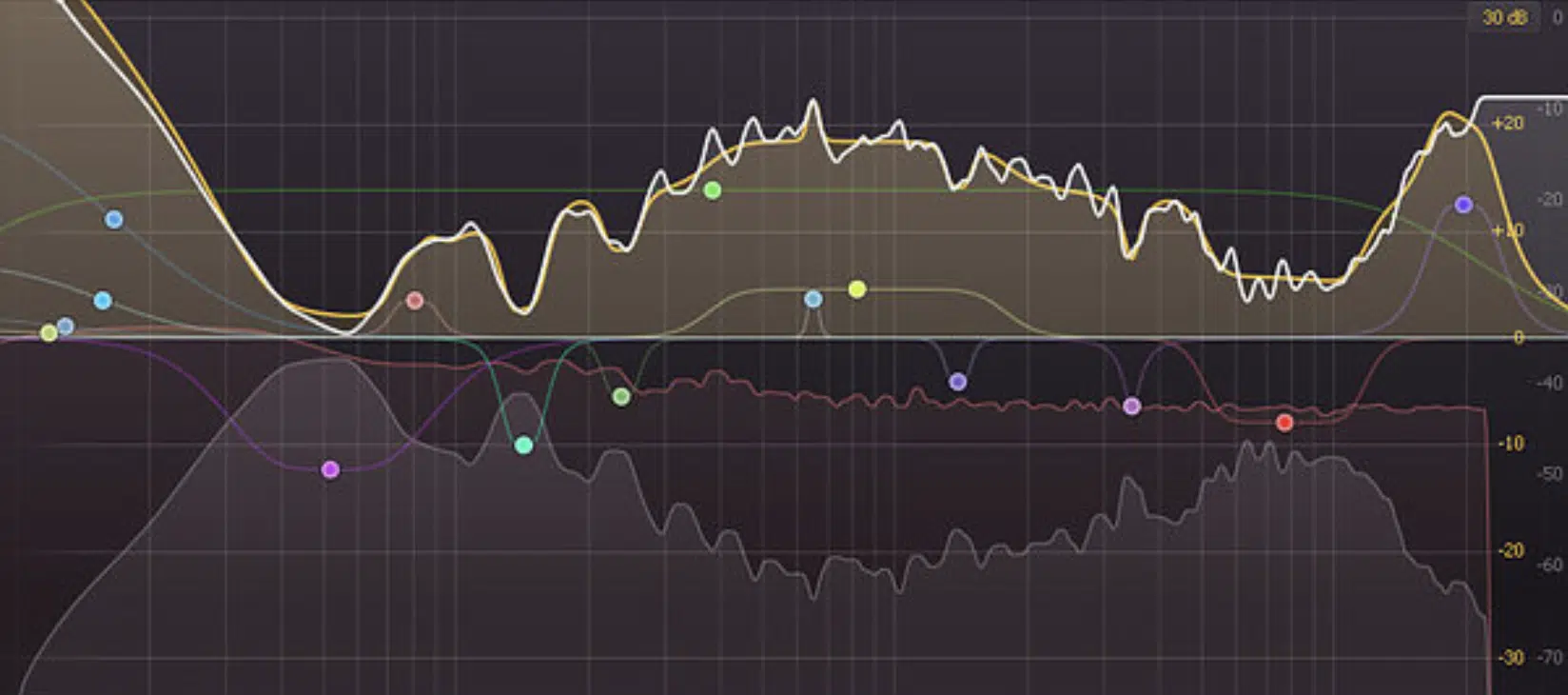
Once the mixing is complete, preparing the track for mastering is the next critical step.
The mastering stage involves:
- Ensuring that the mix is balanced
- Ensuring the dynamic range is suitable for the genre and desired impact
It’s also essential to leave focus on the headroom, so mastering engineers can work with a professional sound.
This means avoiding pushing the mix too loud and ensuring there’s no clipping 一 mastering is all about the big picture.
Providing a mix with a healthy dynamic range gives the mastering engineer the flexibility to enhance the track further, ensuring the best possible finished product.
Remember, before you start the mastering stage, make sure that the mixing stage is ideal.
Mixing Techniques: Final Thoughts
The right mixing techniques can elevate a simple composition into a professional, polished piece of music.
From balancing levels and panning to creative uses of reverb and stereo imaging, each technique plays a vital role in shaping the final sound of your music.
Remember, the journey to mastering mixing techniques is ongoing.
It’s about skillful learning, constant experimentation, and refining your skills.
Every track you mix is an opportunity to apply what you’ve learned and to discover new ways to bring out the best in your mix.
To further support your journey, you have to check out the legendary Beatmaker Blueprint (Free Teaser Pack).
This incredible resource includes 449 samples, loops, and MIDIs, all carefully curated and mixed to perfection.
These elements are 100% royalty-free and modeled off today’s biggest hits 一 giving you a taste of professional quality right at your fingertips.
It’s a toolkit that complements the mixing techniques we’ve discussed, helping you take your beats to the next level.
Incorporating these high-quality samples and loops into your work will enhance your creative process and provide examples of how professionally mixed elements can transform your music.
So, as you continue to hone your craft, remember that the right tools and mixing techniques are key to achieving that polished, professional sound.
Most importantly, keep pushing the boundaries of your creativity; your next great mix is just around the corner.
Until next time…







Leave a Reply
You must belogged in to post a comment.